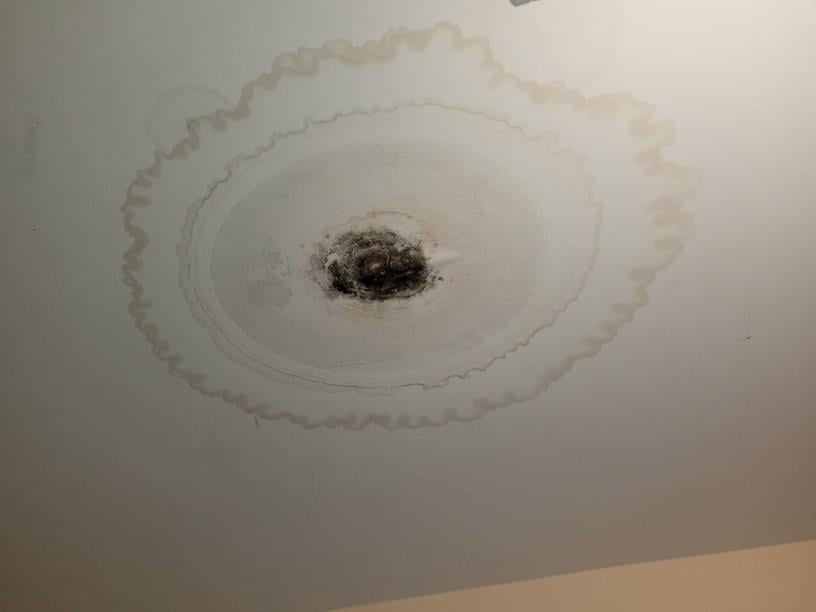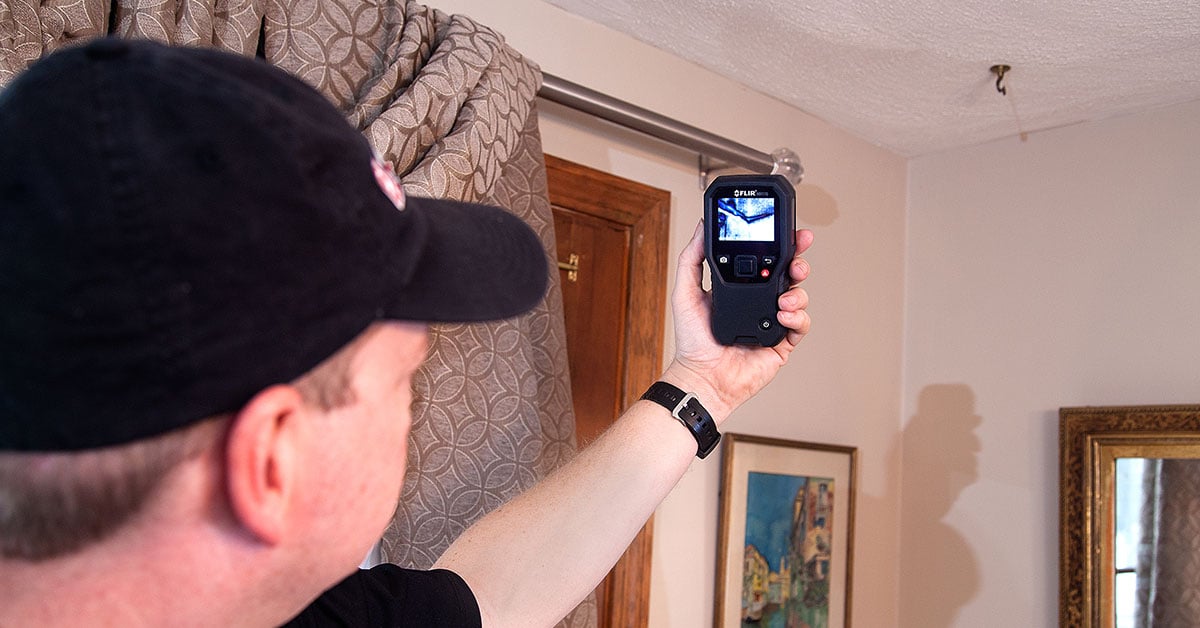Everybody will have their own unique idea when it comes to Detecting hidden plumbing leaks.

Early discovery of dripping water lines can minimize a potential disaster. Besides saving you money, it will lessen the stress as well as stress. The moment you locate a leakage, calling your plumber for fixings is the very best option. Nevertheless, some tiny water leaks might not show up. If you can not discover it with your nude eyes, here are some hacks that assist.
1. Take A Look At the Water Meter
Every residence has a water meter. Inspecting it is a surefire manner in which assists you find leakages. For starters, switch off all the water sources. Make certain no person will flush, utilize the tap, shower, run the washing machine or dishwasher. From there, most likely to the meter as well as watch if it will certainly change. Considering that nobody is using it, there ought to be no motions. That shows a fast-moving leak if it moves. If you identify no modifications, wait a hr or 2 and check back once more. This indicates you may have a slow-moving leakage that could even be underground.
2. Examine Water Usage
If you find abrupt changes, in spite of your intake being the same, it indicates that you have leakages in your plumbing system. A sudden spike in your costs suggests a fast-moving leak.
Meanwhile, a consistent increase on a monthly basis, despite the same habits, shows you have a slow-moving leakage that's additionally gradually rising. Call a plumber to completely inspect your home, especially if you really feel a cozy area on your floor with piping below.
3. Do a Food Coloring Test
When it comes to water intake, 30% comes from commodes. If the color somehow infiltrates your bowl throughout that time without flushing, there's a leakage between the storage tank as well as bowl.
4. Asses Exterior Lines
Don't forget to examine your outside water lines also. Needs to water leak out of the connection, you have a loosened rubber gasket. One tiny leak can lose lots of water and increase your water expense.
5. Inspect as well as Evaluate the Scenario
Property owners must make it a routine to check under the sink counters and also inside closets for any type of bad odor or mold development. These two red flags show a leakage so punctual attention is needed. Doing routine inspections, also bi-annually, can conserve you from a significant issue.
Check for stainings and also deteriorating as most pipes as well as appliances have a life expectancy. If you suspect dripping water lines in your plumbing system, do not wait for it to intensify.
Early discovery of dripping water lines can reduce a possible disaster. Some little water leaks may not be noticeable. Examining it is a proven means that helps you uncover leaks. One small leak can waste tons of water and also spike your water expense.
If you believe dripping water lines in your plumbing system, don't wait for it to intensify.
WARNING SIGNS OF WATER LEAKAGE BEHIND THE WALL
PERSISTENT MUSTY ODORS
As water slowly drips from a leaky pipe inside the wall, flooring and sheetrock stay damp and develop an odor similar to wet cardboard. It generates a musty smell that can help you find hidden leaks.
MOLD IN UNUSUAL AREAS
Mold usually grows in wet areas like kitchens, baths and laundry rooms. If you spot the stuff on walls or baseboards in other rooms of the house, it’s a good indicator of undetected water leaks.
STAINS THAT GROW
When mold thrives around a leaky pipe, it sometimes takes hold on the inside surface of the affected wall. A growing stain on otherwise clean sheetrock is often your sign of a hidden plumbing problem.
PEELING OR BUBBLING WALLPAPER / PAINT
This clue is easy to miss in rooms that don’t get much use. When you see wallpaper separating along seams or paint bubbling or flaking off the wall, blame sheetrock that stays wet because of an undetected leak.
BUCKLED CEILINGS AND STAINED FLOORS
If ceilings or floors in bathrooms, kitchens or laundry areas develop structural problems, don’t rule out constant damp inside the walls. Wet sheetrock can affect adjacent framing, flooring and ceilings.
https://www.servicemasterbyzaba.com/blog/how-to-detect-water-leakage-in-walls/

I was introduced to that editorial about Locating water leaks through an associate on our other site. If you please take a moment to promote this blog posting if you appreciated it. Many thanks for taking the time to read it.